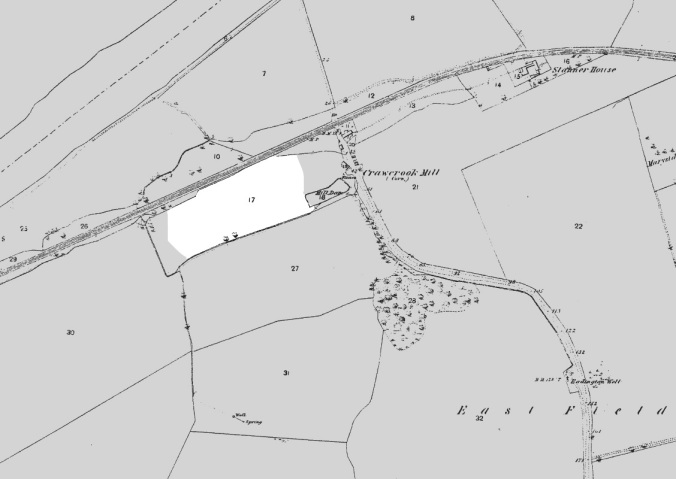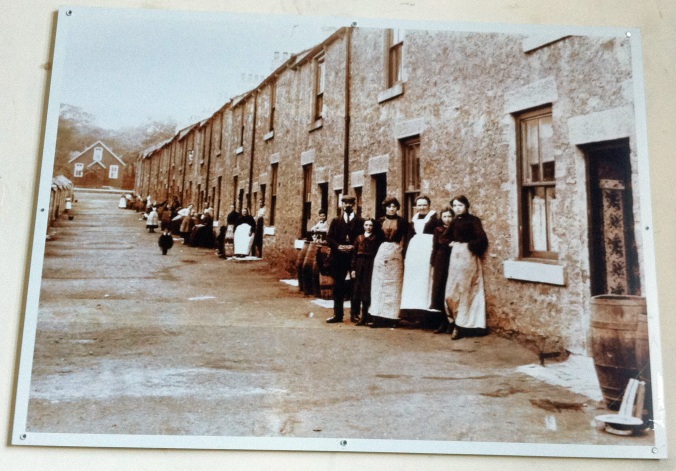In the 1850’s there was little more than a few young trees adjacent to Crawcrook corn mill, fed by a spring on the site that would become Clara Vale Colliery.

By 1891 coal was in high demand and local landowner John Simpson of Bradley Hall began work sinking a pair of mine shafts, each 14 feet in diameter, to reach six coal seams to a maximum depth of 400 feet.
Clara Vale was a very wet pit, with numerous ‘feeders’ (inflows of water) requiring powerful pumps to keep the shafts and seam workings clear. After many technical challenges, in 1893 the Clara Vale mine officially opened; a purpose-built pit village community named after John Simpson’s wife, Clara.
Production steadily increased from 300 tons per day in 1894, to 500 tons per day in 1930, by which time over 1100 men were employed and around 130 homes had been built at Clara Vale.

The hub of the mine, the ‘Pit Yard’, was now an industrial landscape, with two pitheads, a number of buildings housing heavy engineering, a 120 feet high chimney and an overhead bucket line carrying coal to the nearby railway. Despite this development, some of the maturing Sycamore trees survived on the perimeter of the Pit Yard, along with younger plantings acting as a screen to onlookers from the other side of the Tyne Valley.

At its peak in 1948 the Clara Vale pit produced 197,000 tons of coal, although from then on, as the demand for British coal contracted, output steadily declined until all the coal seams were deemed uneconomic and abandoned. The pit finally closed in February 1966.
Next: Dereliction and Battles